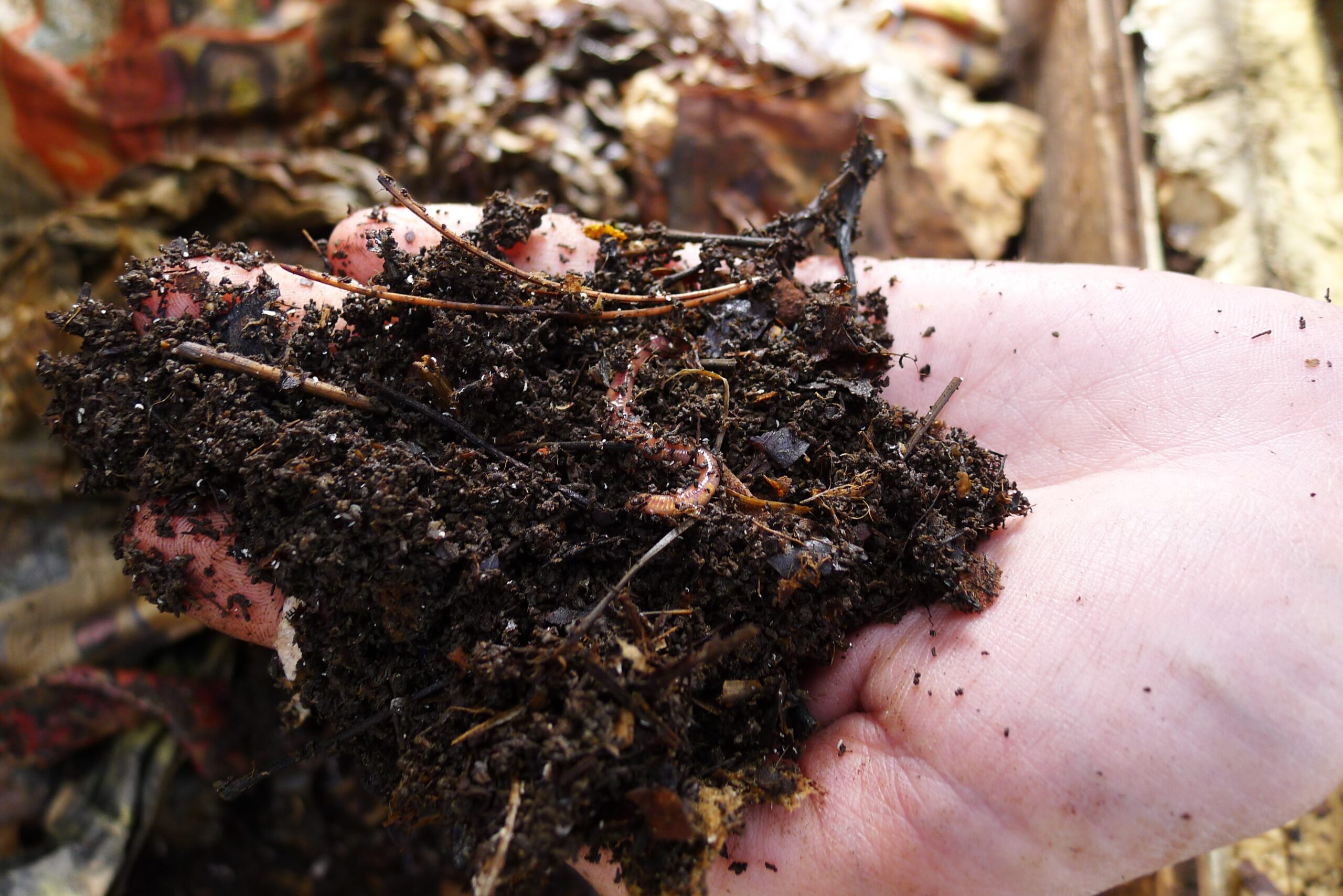
Worm composting, vermicomposting, with one pound of worms will compost the kitchen scraps of a family of four.
To construct a worm bin, use a plastic container with a loose fitting lid that will allow air in the bin. Fill the bin with a bedding material of shredded newspapers, then add a pint of peat moss or garden soil. Water to moisten the bedding until damp but not wet. Worms need air, moisture, warmth, food and darkness. Add red wiggler worms, not the earthworms found outdoors.
To feed your worms, add only raw fruit and vegetable scraps. Stay away from meats, oils and dairy products. The more vegetable matter the better. Avoid orange rinds and other acidic citrus fruits. Avoid dairy and meat products, because they attract flies to the bin. Drain accumulated water from the bin if necessary to keep worms from drowning. Use water to fertilize plants.
Remove castings and change the bedding monthly by moving bedding to one side of the bin and putting new material in the other side of the bin. The worms will migrate to The new half, leaving the remaining area clear for cleanup.
You can use the worm compost and castings as a soil amendment in the garden, mixed into potting soil, used as a top dressing for plants or made into compost “tea”.
For more information, see the following Planttalk Colorado™ video(s).



